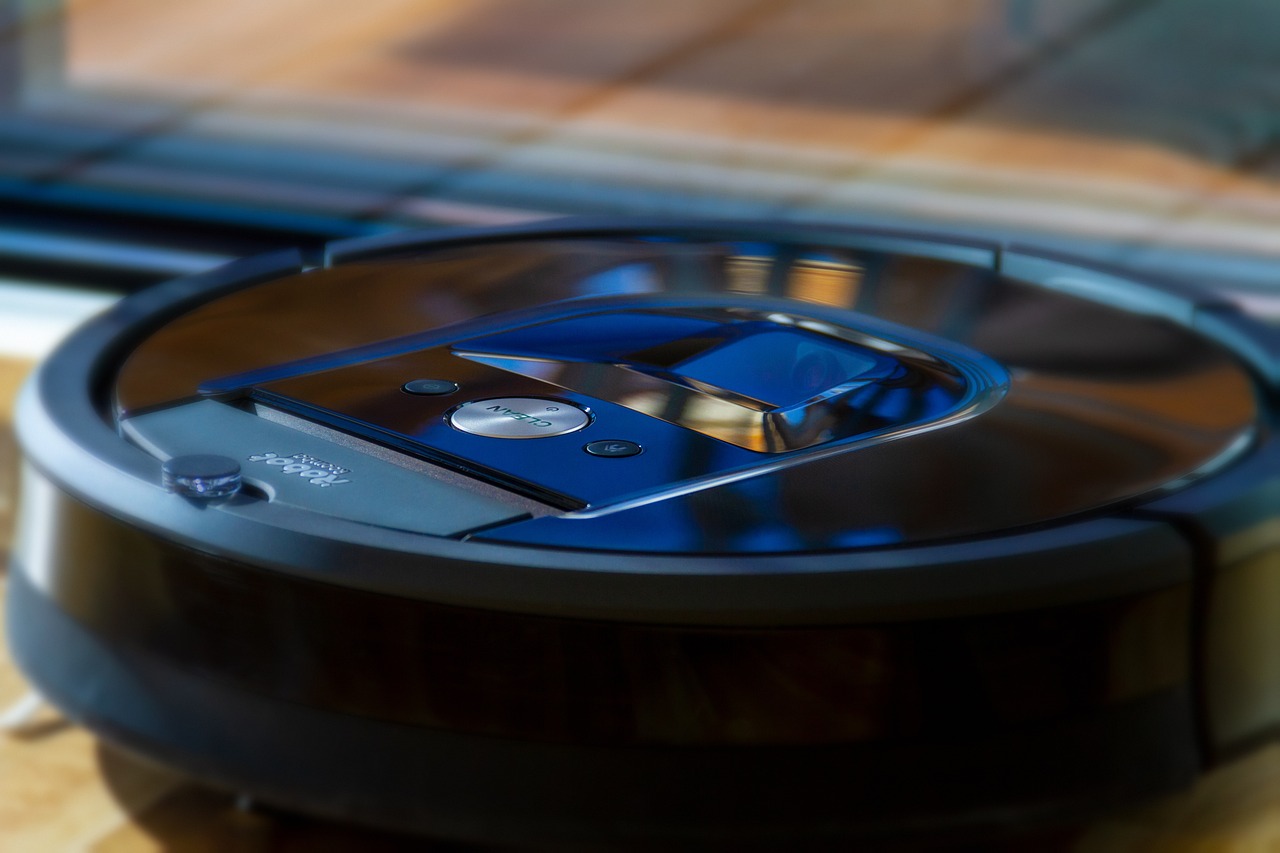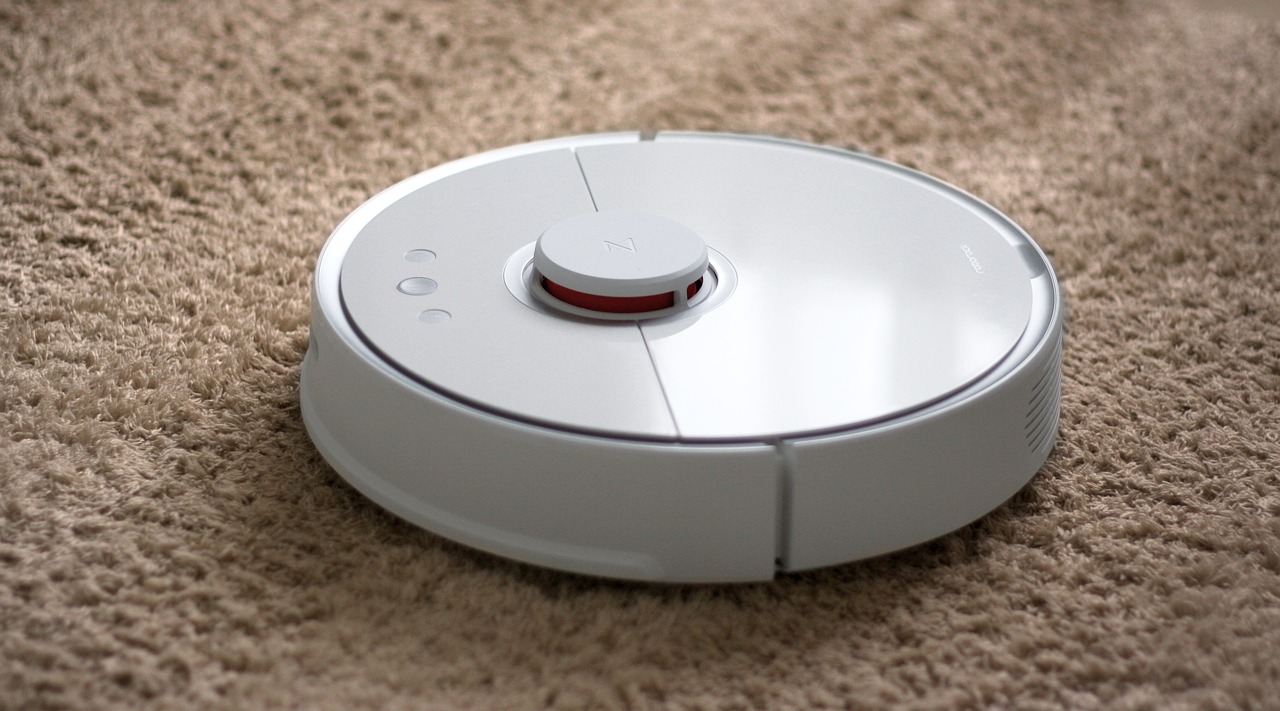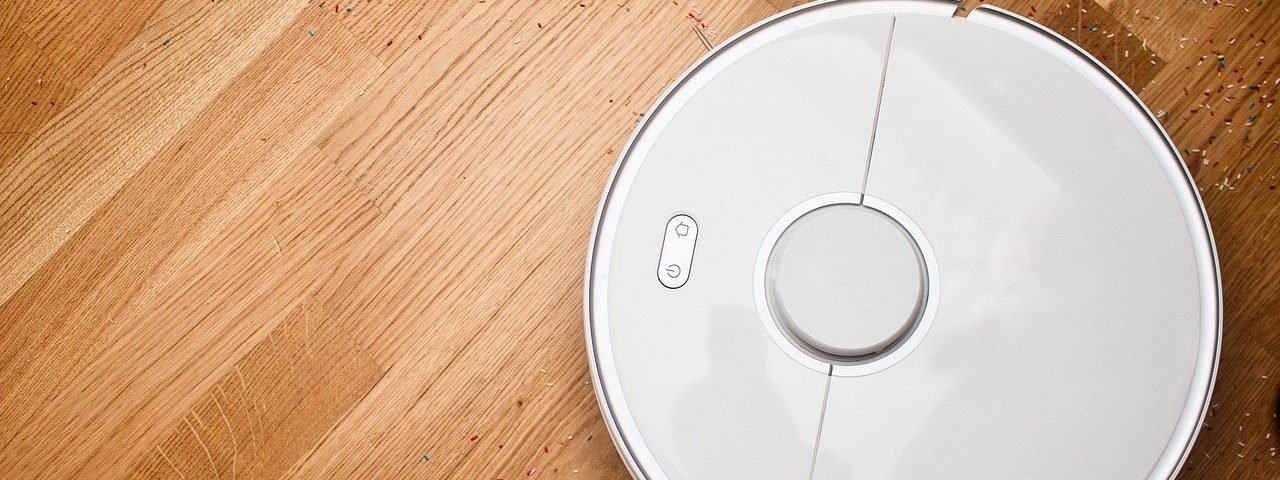In the modern age, our homes have steadily evolved into hubs of digital connectivity. At the forefront of this transformation are smart home systems, designed to offer unparalleled convenience. Central to this discussion of connected homes is a household appliance that has seen tremendous advancements: the robot vacuum. The integration of robot vacuums into these smart home systems is not merely a passing trend; it represents a significant stride in home automation.
The Drive towards Seamless Integration
The desire for integration has always been fueled by the need for convenience. As robot vacuums became part and parcel of our daily cleaning routines, it was only a matter of time before they were integrated into the broader smart home ecosystem. With many homeowners now equipped with smart speakers, smart thermostats, and other IoT devices, the desire for all these devices to communicate has been strongly felt.
Robot Vacuums and IoT: A Natural Symbiosis
A synergy between robot vacuums and other smart devices in the home has been noticed. As the market has exploded with a vast array of robotic vacuum cleaners, choosing the right one can be a daunting task. For those seeking guidance in this selection process, websites like Robotbox.net provide invaluable insights to help make informed decisions.
Wi-Fi-enabled robot vacuums, when incorporated into a smart home system, are no longer standalone devices; they can be controlled, scheduled, and monitored from a unified platform. Such connectivity not only elevates user convenience but also adds a layer of sophistication to home automation. As the landscape of robot vacuums expands, their integration into the connected home environment becomes all the more essential.
Voice Command: The Next Level of User Interaction
One of the most intriguing aspects of this integration is the ability to command robot vacuums using voice assistants like Amazon’s Alexa or Google Assistant. A simple voice command, such as “Alexa, start the robot vacuum,” can set the device in motion. Additionally, real-time updates about the cleaning status, battery levels, or any issues encountered during the cleaning process can be verbally relayed.
Security and Data Privacy in Connected Systems
As these devices become interconnected, concerns related to data security and privacy have been raised. Manufacturers are well-aware of these concerns and steps are being taken to ensure that user data is protected. Encryption methods have been implemented and continuous updates are being rolled out to tackle potential vulnerabilities.
Challenges in Achieving Perfect Harmony

The journey towards fully integrating robot vacuums with smart home systems, while filled with promise, has not been without its hurdles. The ideal of a seamlessly connected household where all devices communicate effortlessly remains, for many, a vision yet to be fully realized.
- Software Platform Differences:
At the very heart of these challenges lies the diversity of software platforms. Different brands and devices often operate on proprietary software, which can create compatibility issues. A robot vacuum designed to work seamlessly with one smart home system might be found lacking when introduced to another. Efforts have been made to develop universal software platforms, but a standard has not yet been established. - Varying Communication Protocols:
Even as the aspiration is for devices to ‘talk’ to each other, the languages they use can be distinctly different. Communication protocols vary across brands, leading to potential miscommunication or lack of communication altogether. While adapters and middlewares have been introduced by some manufacturers, they sometimes add another layer of complexity to the setup. - Lack of Universal Standards:
In an ideal world, a robot vacuum purchased from one brand would seamlessly fit into any smart home setup. However, due to the absence of universal standards, this isn’t always the case. Standardization efforts are being pursued in the industry, but consensus has not yet been reached. - Rapid Technological Advancements:
The pace at which technology is advancing can be a double-edged sword. On one hand, it pushes the boundaries of what’s possible; on the other, it means devices can quickly become outdated. This rapid evolution can lead to compatibility issues between older and newer devices. Even though updates are often rolled out, not all devices are equipped to handle them. - User Familiarity and Adaptation:
Finally, the human element cannot be ignored. Even if devices are technically compatible, the user interface and experience can differ greatly between systems. Many users might find it challenging to adapt to new systems, especially if they are used to a particular setup. Comprehensive user education and intuitive design are required to bridge this gap.
In conclusion, while the vision of a harmoniously connected home is compelling, several challenges need to be addressed. By understanding these challenges, both manufacturers and consumers can work towards solutions that bring us closer to achieving that perfect symphony of interconnected devices.
The Future of Connected Cleaning
The horizon holds promise. As technology progresses, it is anticipated that robot vacuums will be able to interact even more efficiently with other smart devices in the home. Predictive cleaning schedules based on homeowners’ routines, adaptive cleaning patterns influenced by other smart devices, and enhanced user feedback systems are just a few innovations on the horizon.
Advanced Diagnostic and Maintenance Alerts

With the merging of robot vacuums and smart home systems, homeowners can receive advanced diagnostic updates. For instance, your system can notify you when the vacuum’s filter needs changing or if there’s a drop in suction power. This proactive approach can prolong the life of the appliance and maintain peak performance.
Geofencing and Virtual Boundaries
Using integrated smart home setups, users can establish virtual boundaries for their robot vacuums without the need for physical barriers. Integration with home mapping systems can allow robot vacuums to recognize different rooms and follow specific cleaning instructions per room.
Energy Consumption and Efficiency
By integrating with smart home energy monitoring systems, homeowners can track the energy consumption of their robot vacuums. This can help in scheduling cleaning cycles during off-peak energy hours, leading to potential cost savings.
Multi-Device Cleaning Synchronization
In homes equipped with more than one cleaning robot (like a vacuum and a mop robot), smart home systems can synchronize their schedules. The robot vacuum can complete its cleaning cycle, and then the mopping robot can begin its work, ensuring the floor is only wet after all dust and debris have been cleared.
Enhanced Safety through Integration with Security Systems
Tying robot vacuums into a home’s security system can add another layer of safety. If a robot detects an unusual obstacle or movement while cleaning when the homeowners are away, it can alert the security system to a potential breach.
User Behavior Analysis and Adaptation
As robot vacuums get smarter and more integrated into smart home ecosystems, they can begin to analyze user behaviors and preferences. Over time, the robot vacuum can adapt its cleaning schedules and routes to fit the homeowner’s lifestyle seamlessly.
Expanding on these points can offer readers a comprehensive understanding of the potential and benefits of integrating robot vacuums into modern smart home systems.
Conclusion
In conclusion, the integration of robot vacuums with smart home systems is emblematic of the direction in which home automation is headed. It is a testament to how the ordinary tasks of everyday life are being revolutionized by technology. The journey, though marked with challenges, holds immense potential. As homes become more connected, and as devices communicate more effectively, the promise of a truly smart home comes ever closer to realization.

